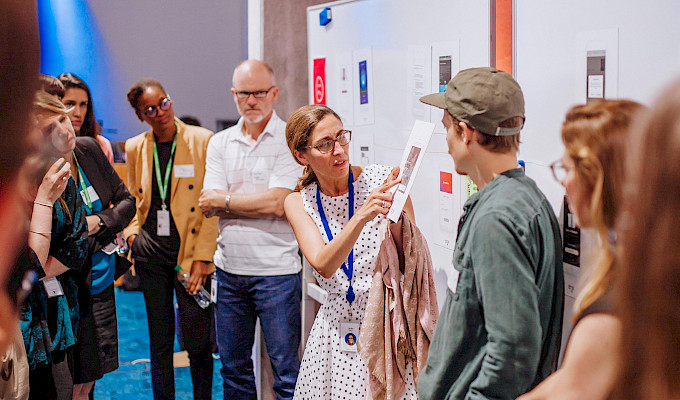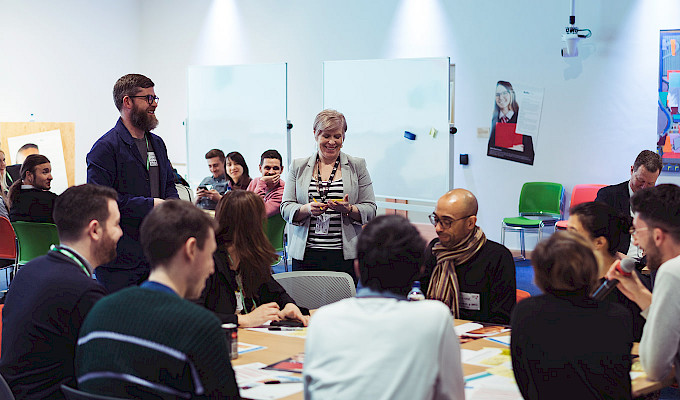Transparency, safety and control for young people
Sydney
16th Jul 2019 at Facebook
TTC Labs partner Craig Walker, a design and innovation studio, facilitated a Design Jam bringing together a diverse range of experts and young people working together to create innovative age-appropriate user experiences for safety, transparency and accountability, user empowerment and autonomy as well as service provider responsibilities.
Young people were at the centre of the Design Jam process. The aim was to share young people’s perspectives on designing better experiences around safety, trust, transparency and control, complemented by policy input. The ideas and insights generated in Sydney around how to build greater transparency and safety in digital products reflect a participatory design process between young people and policymakers.
Around the world, we are bringing together industry, policymakers, regulators and civil society to generate applied insights and principles. For this series, TTC Labs are taking patterns and ideas from the co-created prototypes, synthesizing findings into an industry-wide design guide. The guide will respond to questions and will set out principles for designing for young people’s transparency, safety and control online (for an example of our research outputs to date, see our report on Data education for audiences).
Create innovative designs that improve young people’s understanding of safety and data transparency across data-driven services, while providing a great user experience.
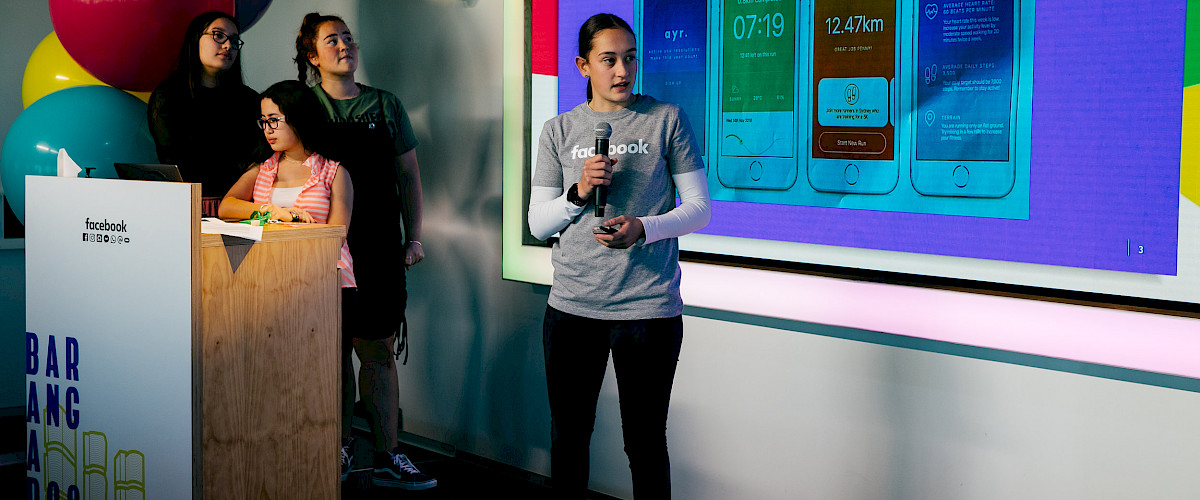
We welcomed youth participants including Project Rockit Digital Ambassadors (Australia), ySafe Student Advocates (Australia), and the Netsafe Youth Advisory Board (New Zealand), alongside policy experts from government, non-profit and industry representatives.
On the morning of the Jam, participants were welcomed and Introduced to Design Jamming. The workshop kicked off by setting context, with introductory talks by Antigone Davis, Director, Global Head of Safety at Facebook, Julie Inman Grant, eSafety Commissioner for the Australian Government, Helen O’Toole, Director of Operations at Netsafe, and Mia Garlick, Director of Policy, Australia, New Zealand and Pacific Islands, at Facebook.
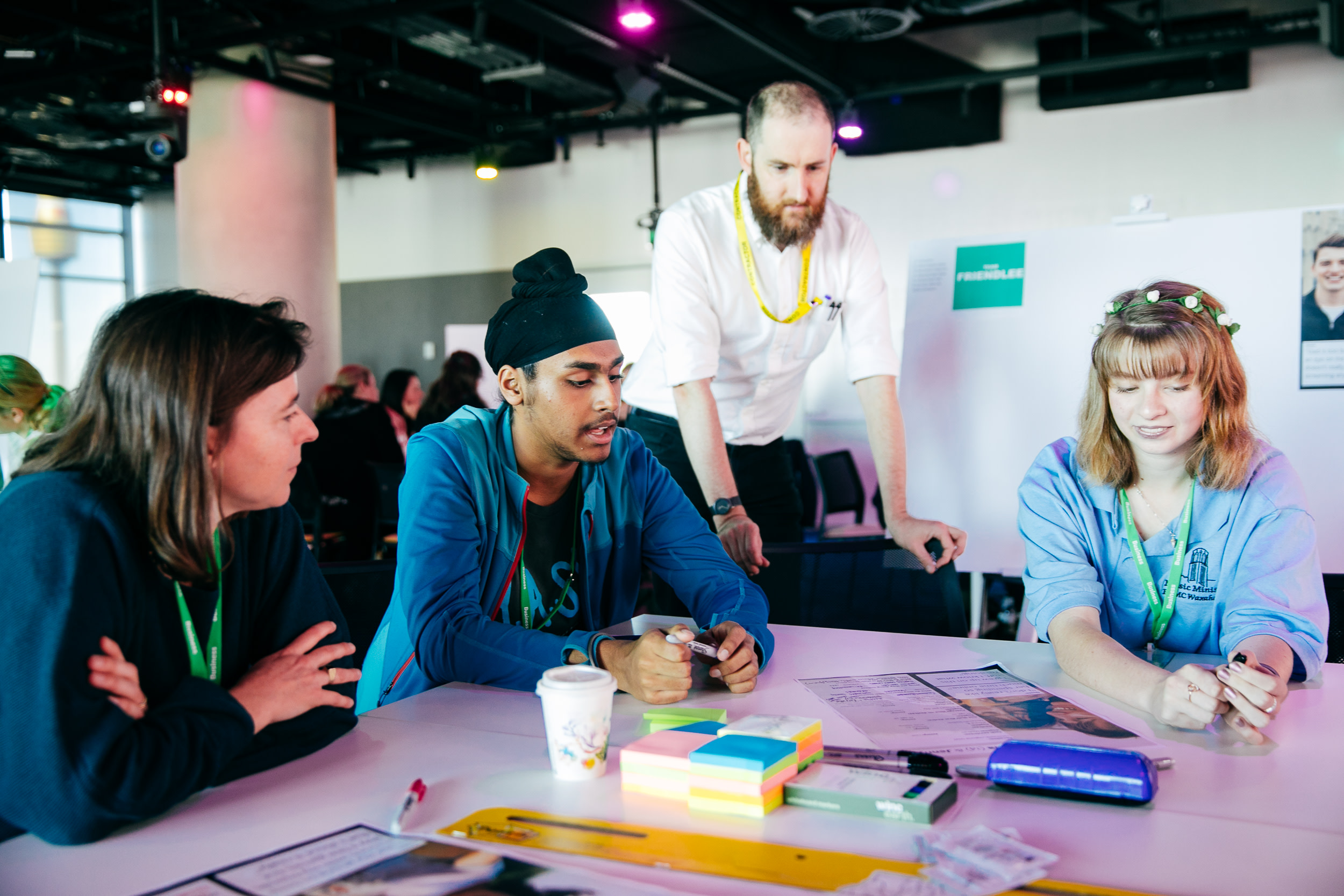
Discovery
Young people participated in exercises around transparency and safety that were adapted for the participation of teens, based on exercises such as Deconstruct transparency and Explore permssion patterns, discussing what these mean for them in their lives offline and online.
The morning was capped off by a motivational talk by Shiu Pei Luu who is a product designer at Facebook.
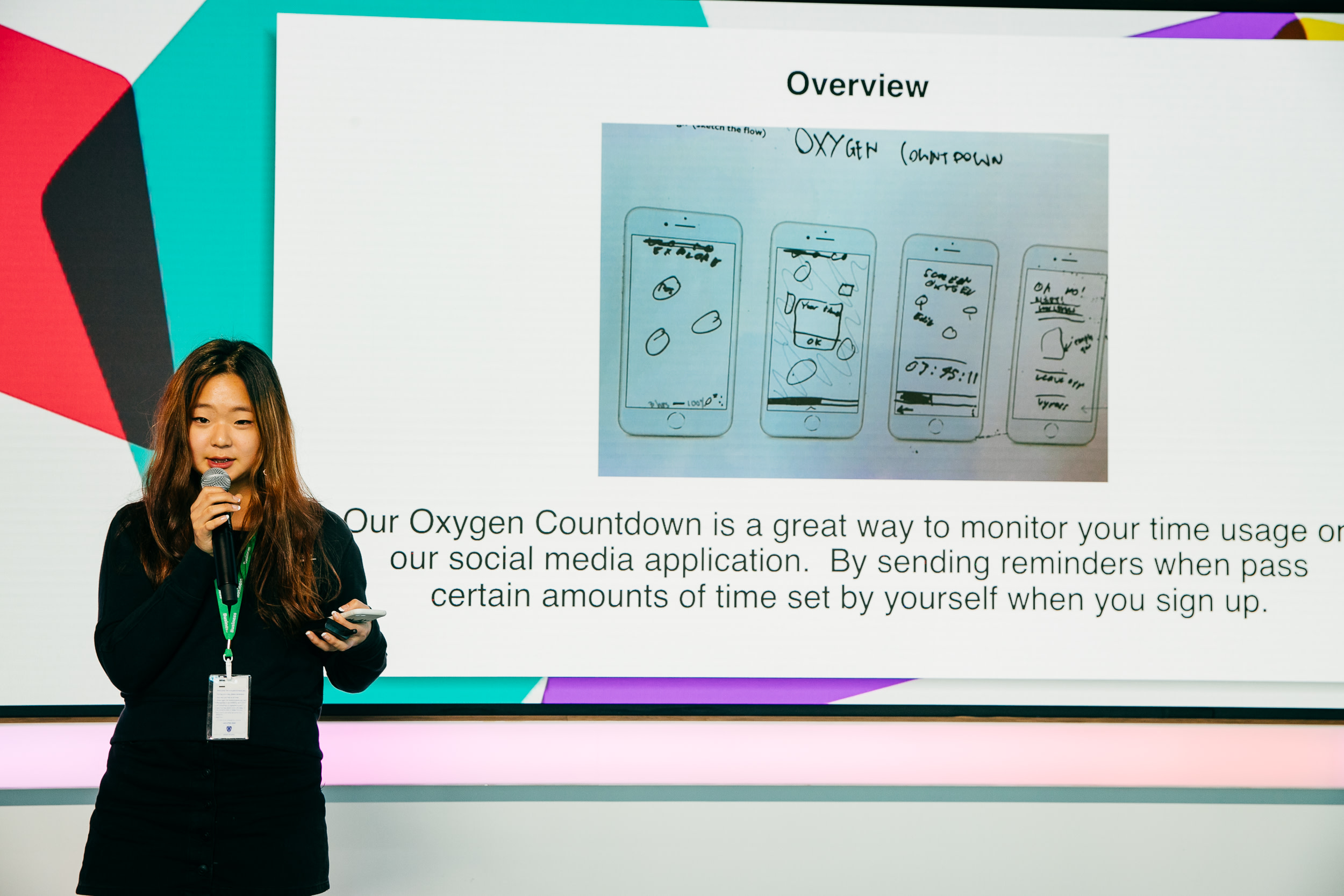
Ideate and prototype
Participants moved into the Team kickoff. The facilitators Set brainstorming rules and introduced the teams to Sketching ideas. Teams of 4-5 young people joined up with a policymaker and a designer and were tasked with designing their own interface for a data-driven service. Using personas to Understand people, the teams put themselves in others' shoes to create a better understanding of their needs when it comes to personal data, transparency and safety.
The teams designed their ideal interface by rapidly sketching ideas and quickly prioritising their refined designs into detailed screen flows and features. Each team worked to Create a pitch, telling the story of the interfaces they designed, sharing what their ideal service would be and creating better ways of enabling safety and transparency online, receiving Feedback from experts at the end of the day.
Some of the themes that emerged included:
- Clearer and more granular options for young people around control of content, privacy, location data, and relationships (parents, extended family, acquaintances).
- Control over who has access to sensitive data (e.g. location), giving people the ability to change what they’re sharing in real-time
- Gamifying verification and exclusions to make safety features more engaging for young people, like ID verification using a unique squiggle or an online oxygen tank that indicates when a time limit is reached.
- Security through peer connections: verify, nurture and control online relationships through data about the status of their peers with features like friendship quizzes.
- Expectations changing from ratings to people’s emotional state at a particular moment in time: anonymously gather emotional responses around content and use this data to help people analyse their own emotional preparedness and willingness to engage with it.
- Change your mind: Making decisions during use, not just at setup; e.g. having an emergency bailout feature, or easy to access filter to filter out unwanted relationships.
- Novel interaction designs that are specific to the environment and context that young people find themselves in e.g. a music concert.
- Permission to pause: giving young people the power to stop and think before they post, repost and broadcast content.
